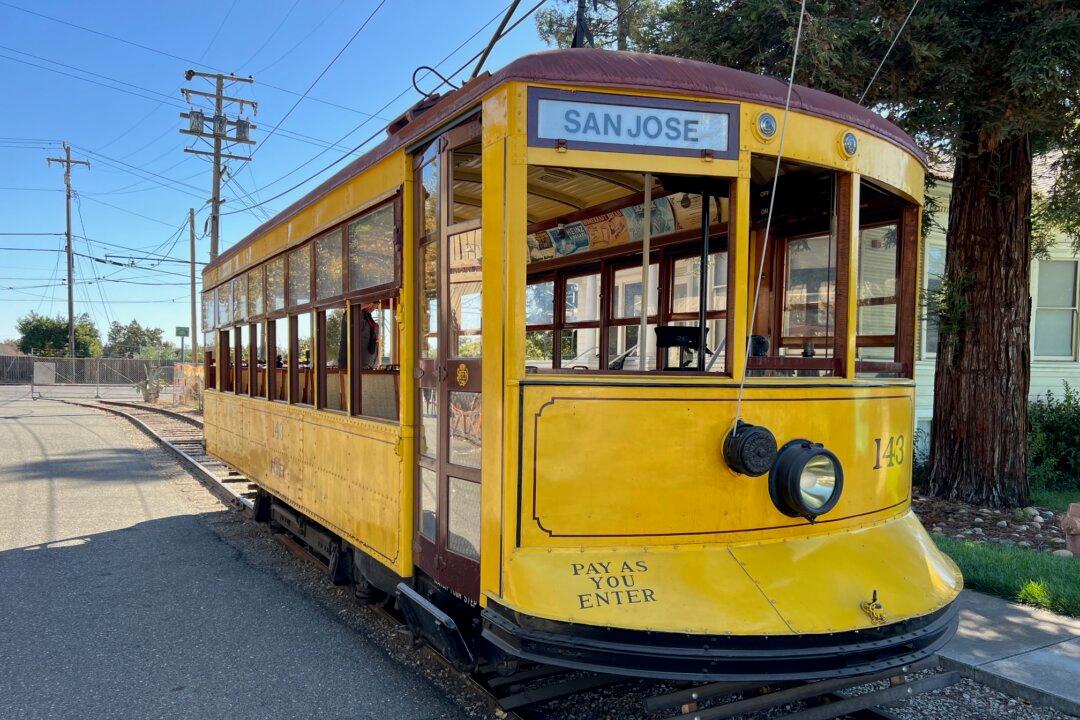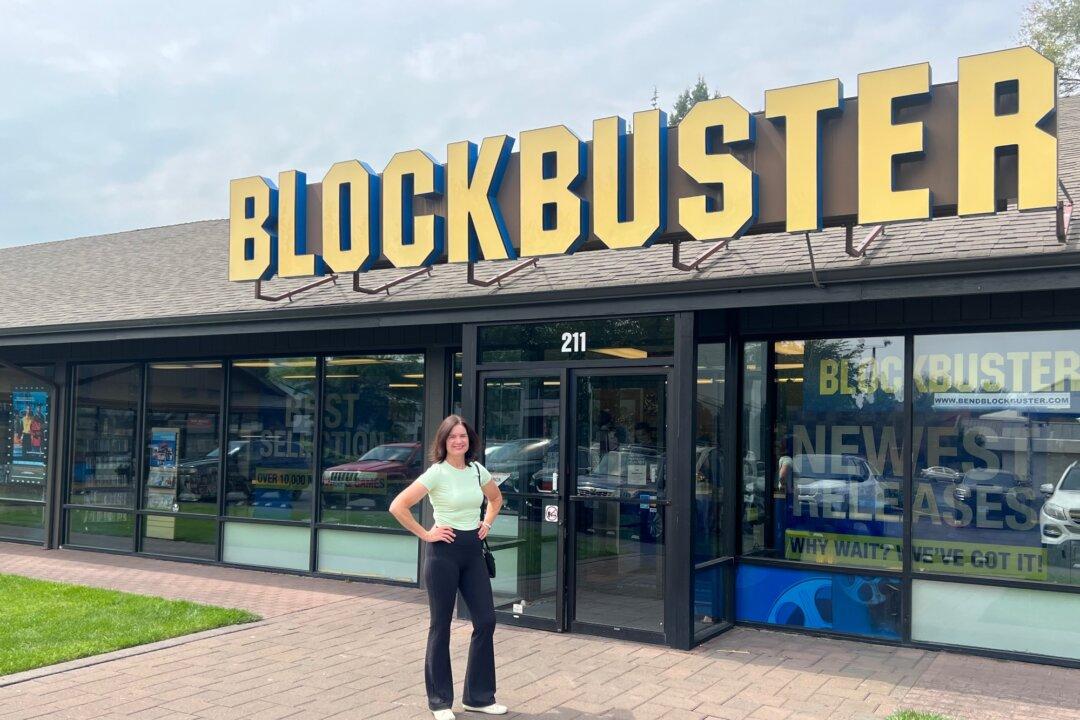It would take a great many visits to explore San Jose’s History Park in Northern California. Managed by History San Jose—a regional museum—the 14-acre park is actually a re-created town covering the historical period from the 1880s to the 1930s.
History Park includes more than 30 landmark buildings, both original and reconstructed, plus countless artifacts from the city of San Jose. Parking costs $6, but the park itself is free.





